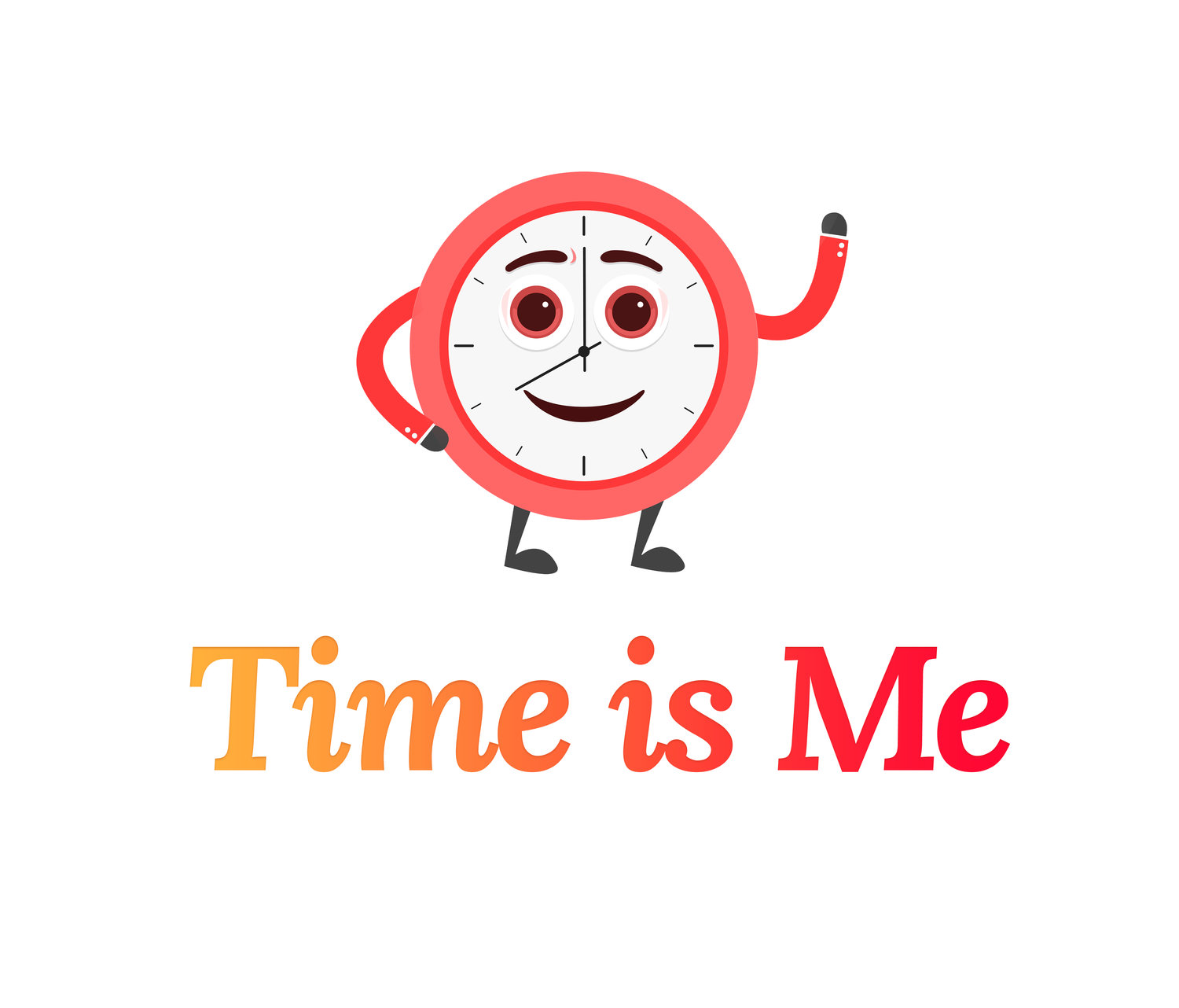My prior post was about short-term busyness. The question you may have is what is the difference between long-term and short-term busyness. This is best illustrated with examples.
Short-Term Busyness
- Working an 18-hour day
- Having five activities planned the same day
- Attending an all day conference
Long-Term Busyness
- Busy season at work like year-end for accountants
- Midterms/Finals as a student
- Having a child
Longer-term busyness can be associated more with chronic stress and can be more dangerous if pro-longed too long. However, short-term busyness can bring a very high level of stress and can be just as dangerous under certain conditions. As according to the chart below, it's best to stay in or as close to stage 3 as possible.
- Not busy and bored. Not much energy because used to being inactive. Can often be lazy in this stage.
- A lot of energy and not worn out, satisfied, and decently productive
- Ideal - Perfect level of busyness, consistently well balanced - very productive and a lot of energy
- Becoming too busy and a little worn out, overwhelmed at time
- Becoming burnt out - not much energy left, unproductive
- Short-lived energy - usually when end of busy period is near and can be decently productive
- Burnt out, unproductive. A long break is necessary to recover
- Completely burnt out, completely unproductive. Cannot concentrate or complete any task (even simple ones), need rest immediately
Getting an understanding of short-term and long-term busyness is helpful when pointing out why you feel stressed. Sometimes it can be both and also may not have anything to do with how busy you are. Certain people may also function better with long-term busyness rather than short-term busyness and the other way around. Knowing which way you function better is helpful.
